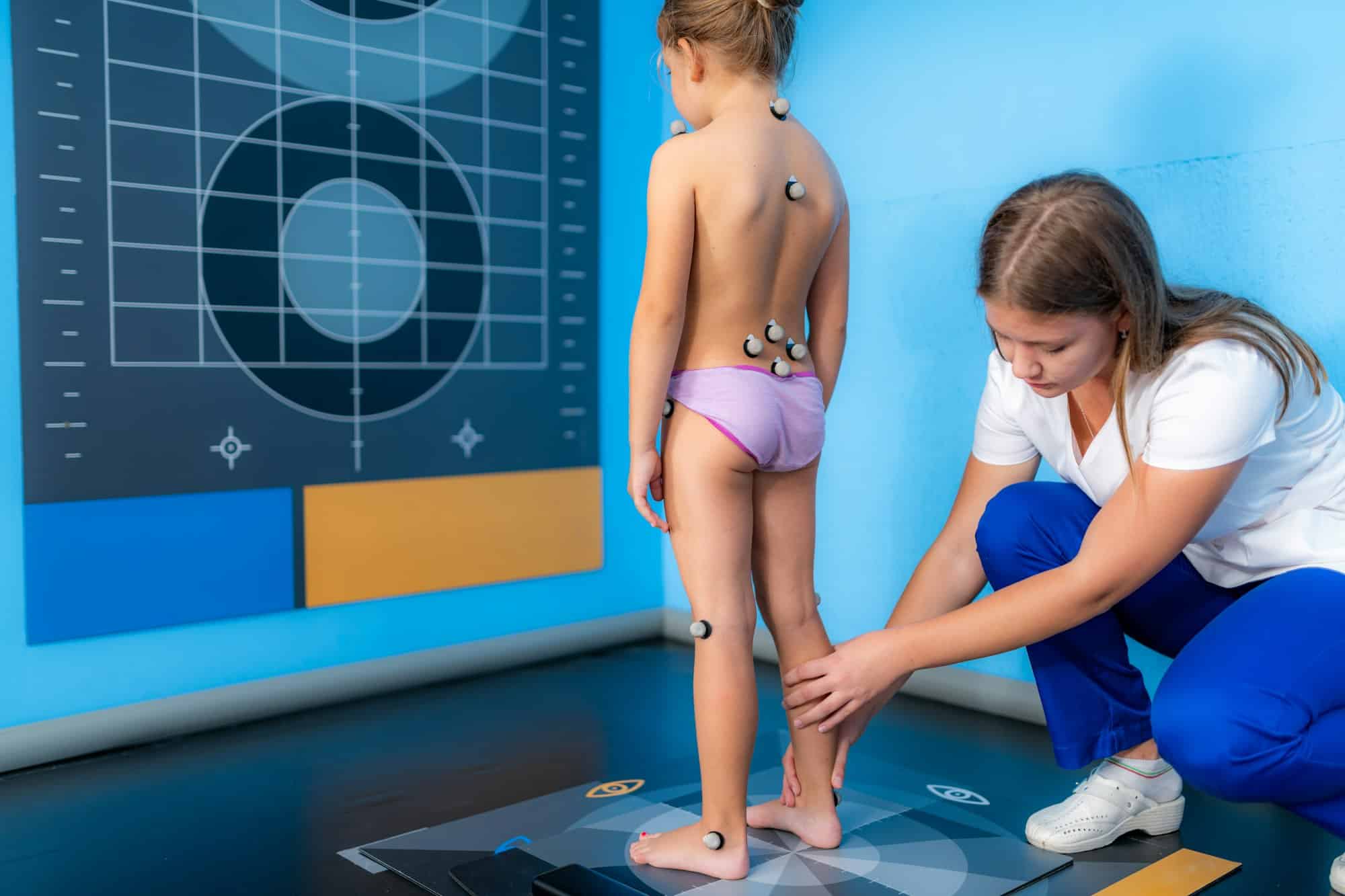In an era where the line between human and computer performance is continually blurring, understanding the biomechanics of sports is crucial. Athletes and coaches rely heavily on real-time biomechanics feedback to enhance their performance. Discus throwers, in particular, can tremendously benefit from such data. Analyzing factors like speed, axis of rotation, and hand movement can help these athletes improve their throwing velocity, distance, and overall performance.
This article will take you through the intricacies of how real-time biomechanics feedback can be beneficial for discus throwers. It will delve into the training methods, the role of technology in sports, and how accurate and immediate data can enhance the performance of these athletes.
A lire également : What’s the Best Recovery Strategy for Ice Hockey Players Between Periods?
Unraveling the Science of Discus Throwing
Before we delve into the core of how real-time biomechanics feedback can help discus throwers, let’s first understand the science behind discus throwing. It’s not merely about strength or power. It involves a complex interplay of speed, axis of rotation, and hand movements.
Discus throwing is a challenging event in the field of track and field. Competitors are required to throw a heavy disc—called a discus—as far as possible. The athletes must combine speed, strength, and technical skill to achieve maximum distance.
Lire également : What’s the Most Effective Technique for Perfecting the Fosbury Flop in High Jump?
In essence, discus throwing is a linear and rotational movement that requires both horizontal and vertical force application. Therefore, understanding the biomechanics of discus throwers is vital for training and enhancing performance.
The Role of Real-Time Biomechanics Feedback in Training
Training is the backbone of any sports performance. For discus throwers, it is crucial to understand the role of real-time biomechanics feedback in their training sessions.
Real-time biomechanics feedback provides instantaneous data about an athlete’s movement, speed, and other vital parameters during the training session. This information can significantly impact the training methods and strategies adopted by the athletes and their coaches.
The use of computer-assisted technology in sports training provides a wealth of data that can accurately track and monitor an athlete’s performance. It offers insights into how an athlete’s body is moving, the axis on which it rotates, and the speed at which the movements occur. This data serves as a support mechanism for athletes to understand their performance in-depth and make necessary adjustments in real-time.
Enhancing Performance through Accurate and Immediate Data
The saying, "data is the new oil," rings true even in the realm of sports. Real-time biomechanics feedback offers accurate and immediate data that discus throwers can use to improve their performance.
With the help of computer-assisted technology, athletes can now get a detailed breakdown of their movements, speed, and throwing techniques. The DOI (Digital Object Identifier) encoded in the computer systems provides a Crossref to each data point, creating a comprehensive database for athletes to refer to and learn from.
This constant feedback loop allows athletes to make instantaneous adjustments and improvements in their techniques. They can analyze their hand movements, rotational axis, and speed in real-time, helping them to understand what works best for their individual performance.
The Impact of Technology in Discus Throwing
Technology has significantly impacted how sports are played and athletes are trained. In discus throwing, the use of computer-assisted technology has revolutionized training methods and performance enhancement strategies.
Computers provide precise measurements of an athlete’s speed, hand movements, and the axis of rotation. This data is instantly fed back to the athlete, allowing them to study their performance in real-time and make necessary adjustments.
Furthermore, the DOI encoded data provides a Crossref to each data point, significantly enhancing the athlete’s ability to understand and improve their performance. The use of technology in discus throwing is indeed an essential element in modern training strategies.
In conclusion, real-time biomechanics feedback is a boon for discus throwers. It offers a wealth of data that athletes can use to refine their movements, speed, and overall performance. By embracing this technology, discus throwers can gain an edge over their competition, and potentially, set new records in the field of athletics.
Impact of Digital Object Identifier (DOI) and Crossref on Discus Throwing Training
In the realm of sports training, the Digital Object Identifier (DOI) system and Crossref tool have emerged as game-changers. They have specifically shown their potential in the training of discus throwers.
The DOI is a unique alphanumeric string assigned to a digital object, such as the data gathered from the real-time biomechanics feedback systems used in discus throwing. The data from each movement, speed calculation, or rotation axis is assigned its own DOI. This DOI system has become an essential part of the discus thrower’s training regimen, as it allows them to reference and analyze specific points of their performance with ease and accuracy.
Crossref, on the other hand, is an essential tool used in conjunction with the DOI system. It is a platform that makes research outputs easy to find, cite, link, assess, and reuse. When applied in the context of discus throwing, it creates a bridge between individual data points. This makes it easy for athletes and their coaches to interlink various aspects of their performance and devise comprehensive improvement strategies.
For example, by using the DOI system and Crossref, an athlete can easily find correlations between their hand movements (single support phase) and throwing distance. Similarly, interlinking data on rotational speed (double support phase), release velocity, and throwing distance can provide insights into how minor changes in technique can result in significant performance improvement.
Virtual Reality: The Future of Real-Time Biomechanics Feedback
The increasing trend of incorporating virtual reality (VR) in sports training is also worth mentioning in the context of real-time biomechanics feedback.
Virtual reality is a computer-generated simulation of a three-dimensional image or environment that can be interacted with in seemingly real ways by a person using special electronic equipment. In discus throwing, VR can be used to simulate real-time throwing events, enabling athletes to practice in a controlled virtual environment.
By using VR, throwers can experiment with different techniques and movements without the risk of physical strain or injury. They can also examine their performance in real-time, viewing the trajectory of their throws, release velocity, and other factors in a comprehensive and immersive manner.
In addition, VR can also incorporate real-time biomechanical data, enabling athletes to see how changes in their movements affect their performance. This can provide valuable insights and potentially accelerate the learning and improvement process.
Conclusion
The evolution of technology has unequivocally revolutionized the world of athletics, more specifically in discus throwing. The marriage of real-time biomechanics feedback with Digital Object Identifier and Crossref has provided athletes with a comprehensive, in-depth tool for performance analysis. Furthermore, the increased application of virtual reality in training is promising to take sports training to a new, immersive level.
As we move forward, the role of technology in enhancing athletic performance will only grow. Discus throwers and coaches embracing these advancements will undoubtedly gain an edge in their training and competition. The crux of the matter is that real-time biomechanics feedback is more than just a fad – it’s the future of discus throwing and, indeed, athletics as a whole.











